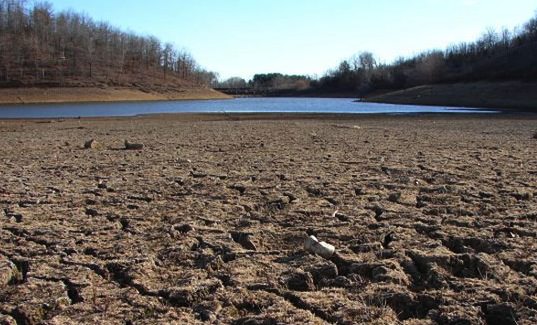Some California communities want to rely less on water piped in from distant sources and tap their own supplies instead.
California is in its third dry year. The historic drought has affected farmland, dried up reservoirs and forced some rural communities to ration water.
The Southern California beach city of Santa Monica wants to be water independent by 2020. In recent years, it has increased its groundwater by cleaning up years of contamination. The city also uses a mix of rain harvesting, water recycling and conservation incentives to boost its local supplies.
Here are some ways water is being squeezed out:
GROUNDWATER WELLS: Limited local groundwater supplies can be maximized by ridding contaminants before being used for drinking water or irrigation. In cases where groundwater rights are determined by a court order, communities can challenge to allow more pumping. Proper management is essential to avoid overpumping and depletion.
WATER STORAGE TANKS: Instead of rainwater dripping off roofs, it flows into barrels or cisterns. Homeowners use the captured rain to water their lawns and gardens. Some cities such as Santa Monica have industrial-size underground water storage tanks in libraries that are used to water gardens or fill toilets.
RECYCLED WATER: Water treatment plants purify stormwater, urban runoff and sewage water that can be used to irrigate golf courses, highway medians and other landscapes. Orange County has been a leader in the “toilet to tap” technology that can turn wastewater into drinking water through a process that includes filtration and reverse osmosis.
DESALINATION: Desalination plants remove salt and other minerals from ocean water or seaside aquifers through different methods. The San Diego County Water Authority looked to diversify its water supplies that included the construction of the Western Hemisphere’s largest desalination plant in Carlsbad, expected to be completed in 2016.
Agencies/Associated Press/Canadajournal
 Canada Journal – News of the World Articles and videos to bring you the biggest Canadian news stories from across the country every day
Canada Journal – News of the World Articles and videos to bring you the biggest Canadian news stories from across the country every day



